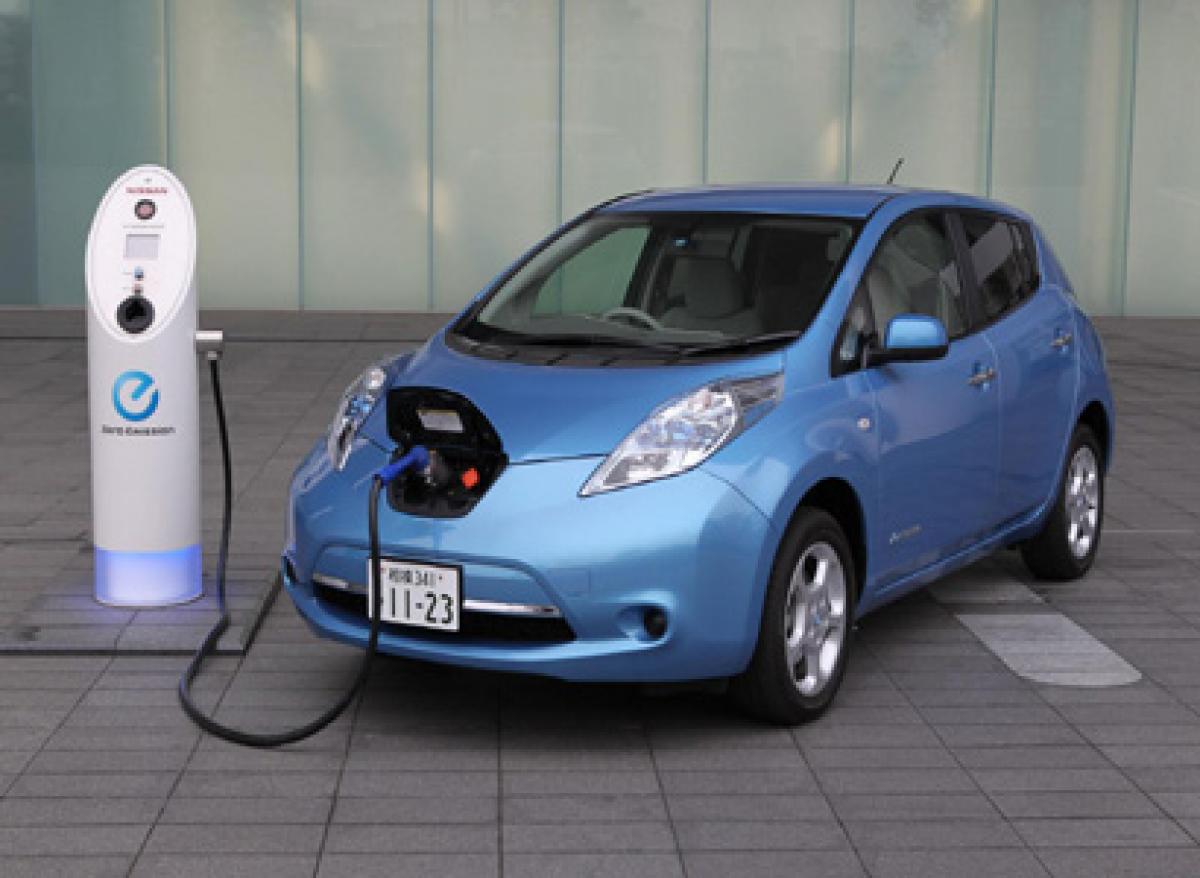Just In

The time for electric vehicles, or EVs, may not yet be ripe for India, but the idea of non-polluting passenger cars is surely and certainly maturing - and must be welcomed.
The time for electric vehicles, or EVs, may not yet be ripe for India, but the idea of non-polluting passenger cars is surely and certainly maturing - and must be welcomed.
World Health Organisation figures show that India has 13 of the planet's 20 most polluted cities, with New Delhi ranked as the most polluted of all. And with pollution levels scaling new heights in December, the local government was forced to announce a slew of measures to combat the menace.
Attention, however, was most focussed on the measure that restricted vehicle movement, with odd and even numbered cars allowed on the city's roads on alternate days. The pilot scheme, which ended on January 15, saw nearly 2.7 million vehicles going off the roads every day, according to Mint business daily citing vehicle registration data available with the Ministry of Road Transport and Highways.
Last year, the National Green Tribunal, which has the powers of a civil court, ordered the Delhi government to ban the entry of diesel vehicles older than 10 years into New Delhi. The odd/even scheme was proposed by the state government after the court sought an action plan to control pollution. The state government also has plans to scrap commercial vehicles that are over 15 years old.
In addition, the Supreme Court banned registrations of new diesel cars in the capital till April 1, 2016, effectively preventing the sale of a car and sports utility vehicle (SUV) inventory worth Rs. 10 billion. The ban has been a major blow to companies such as Mahindra & Mahindra, Toyota, Tata Motors, Ford, Nissan, Mercedes-Benz, BMW and Audi.
With diesel's popularity on the wane, automakers such as Toyota are mulling re-introducing petrol variants of the popular Innova. Petrol, however, is now being seen as the lesser evil among fuels, and that may well push popular imagination towards electric vehicles.
As the idea of alternative propulsion takes shape, the government is fast working on developing a sustainable eco-system for EVs as well as hybrids (together known as HEVs).
On the one hand, it is clamping down on traditional-fuel propelled vehicles, while on the other, it is promoting adoption of such vehicles with tools such as the Faster Adoption and Manufacturing of (Hybrid &) Electric Vehicles (FAME) India programme.
Launched on April 1, last year, FAME hopes to have six million electric vehicles on the road by 2020 and offers a subsidy of Rs. 29,000 for two-wheelers and Rs. 138,000 for cars.
The incentives drove sales of EVs, including two-wheelers, up by three times to 21,000 units in the April-December 2015 period compared to between 7,000 and 8,000 units during the same period in 2014.
Incentives have always played a crucial role in enhancing the Indian EV market. In 2010-2012, when the Ministry of New and Renewable Energy (MNRE) had implemented an Alternate Fuels for Surface Transportation Programme, EV sales in India had reached a range of 85,000-100,000 units.
The percentage of electric cars in these figures is however very small. Mahindra & Mahindra produces the only electric car available in the country, the e2o. IHS Automotive expects e2o sales at only 243 units in 2016 and 1,056 in 2020 in India.
Apart from incentivising the demand side of electric vehicles, the government is also pushing for the development of indigenous batteries to make the EV programme viable. For this purpose, the Automotive Research Association of India (ARAI) has tied up with the Vikram Sarabhai Space Centre (VSSC) to develop battery technology for use in HEVs, leveraging technology used in batteries for space vehicles.
On laboratory testing of the batteries used in space, the research team discovered that the same batteries are suitable for automotive use as well.
The ARAI now plans to test the batteries in an automotive environment and release a prototype in a year's time. Not only the battery, ARAI will also develop the battery management system (BMS) and thermal management for the battery to make it safe for use in HEVs.
With these moves, ARAI expects to kick-start a 'Made in India' battery programme that could lower costs when the batteries are mass-produced. Batteries used in powering hybrids and EVs are still expensive, thus prohibiting larger adoption of such vehicles. India, being a price sensitive market, has been slow in adopting such vehicles mainly due to range issues and lack of infrastructure.
It's not only the central government and related agencies that are making definite moves towards EVs. Following pollution concerns hitting headlines every day, Andhra Pradesh and Maharashtra are considering waiving taxes on electric vehicles.
Multiple pockets of promotional moves favouring EVs around the country may just add up to achieve what was believed to be unachievable even a few months ago in India - dramatically enhancing adoption of EVs on Indian roads in the mid-to long-term, if not the short-term. Especially so after Delhi's citizens gave the odd/even scheme the thumbs up and showed that concern over vehicular pollution is real and widespread.
By Moushumi Mohanty
(the author is Associate Director at IHS Automotive, a global leader in automotive forecasting, analytics and expertise. The views expressed are personal. She can be contacted at [email protected])

© 2024 Hyderabad Media House Limited/The Hans India. All rights reserved. Powered by hocalwire.com







